Traveller.com.au editor Craig Platt ticks a big one off the bucket list, visiting the wonders of Antarctica on a week-long cruise.
On a ships's deck looking out to sea it occurs to me that this is not what most would associate with the phrase "island cruise".
There are no white-sand beaches, palm trees, tropical heat or exposed bodies to be found in this archipelago.
I am, in fact, wearing more clothing than I've ever worn before. We're in the Antarctic and I'm in six layers.
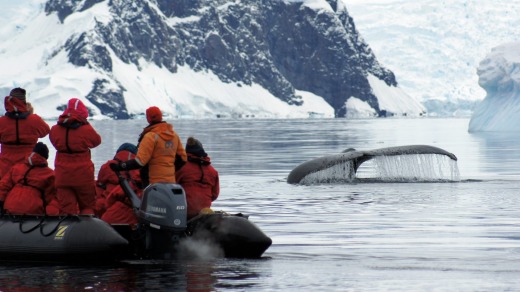
Antarctica, the continent responsible for the heroic tales of Mawson, Scott and Shackleton, has always been the stuff of my dreams.
As a child, I collected stickers from cereal boxes of Antarctic explorers and stuck them to a poster on my bedroom wall. The tales of these intrepid travellers, testing themselves in one of the harshest environments on earth, were an inspiration.
Shackleton was said to have placed an ad in a London paper, calling for volunteers to join his expedition, that simply read, "Men wanted for hazardous journey. Low wages, bitter cold, long hours of complete darkness. Safe return doubtful. Honour and recognition in event of success." Whether the ad was real or a myth mattered not to my eight-year-old self.
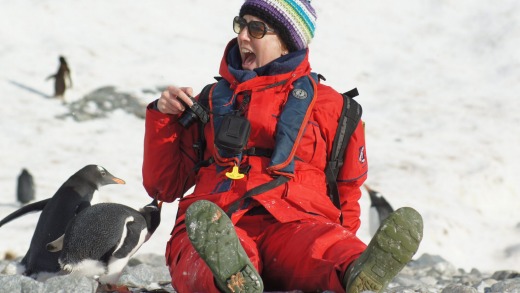
Now, 30 years later, I've finally arrived, in much more comfortable circumstances than Shackleton's men.
Our expedition, run by One Ocean cruises, is aboard the Russian science vessel Akademik Ioffe. It may lack the salubrious facilities of larger cruise ships, but it has distinct advantages over them, too.
Antarctica treaty regulations stipulate tourists landing on the Antarctic peninsula or nearby islands must be in groups of 100 or less. We have 90 passengers on board, which means our entire complement can go ashore at once.
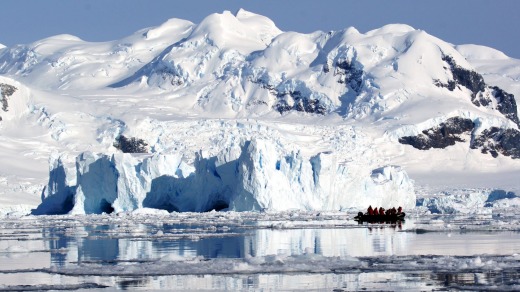
Passengers are welcome to enter the bridge at virtually any time to enjoy the ship's best views from indoors. There's also an open top deck, and the bow of the ship is open to passengers, except during rough seas.
Without the luxuries of high-end ships, the journey is more affordable, too. The price for this voyage breaks down to less than $970 a day for those staying in the most basic accommodation (triple-share cabin with shared bathrooms). It represents solid value for money when you factor in all the inclusions: food, guides and expeditions, as well as cold weather gear and boots.
The ship is an active science vessel. Along with our crew of expedition guides, we have scientists on board who are here to do research, and they share information and findings with passengers, in presentations.
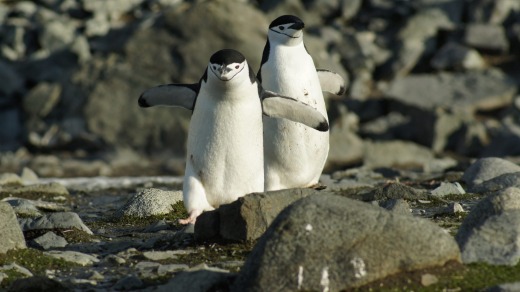
On board our cruise is Ari Friedlaender, a professor from Oregon State University who specialises in whales. He's here to tag whales that, at this time of year (March), are plentiful. Friedlaender tells us that the underside of a humpback whale's fluke (tail) has a unique pattern, like a fingerprint, and passengers are urged to get as many photos as we can whenever a whale dives, and to share them with his team so they can identify individual animals.
Our first stop, after our two-day journey across the Drake Passage from Ushuaia in Argentina, is Fournier Bay, a calm body of water surrounded by ice and snow-covered mountains. Here we get our first close encounter with humpbacks, spotting several families that gently swim around between chunks of floating ice, occasionally diving deep to seek food, showing off their impressive flukes in the process.
Options for landing on the continent are limited - much of the peninsula's coastline is glaciated - sheer walls of ice breaking off into the sea, making it impossible to make landfall even during the warmer months.
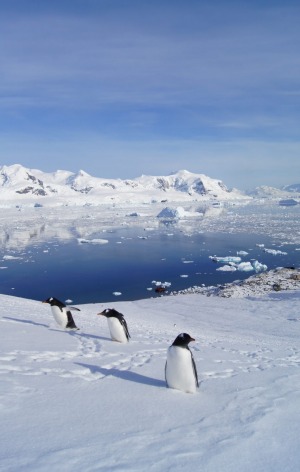
Later that day we take zodiacs to land at a penguin colony at Cuverville Island. The beach is crowded with cute little gentoo penguins, one of several species to be found in the region. While we're supposed to keep our distance, the penguins disregard these rules, with many taking the opportunity to take a close look at these strange visitors (and in some cases, peck at our clothes, cameras and backpacks).
We also spot a distinctly less cute animal lurking just off shore - a leopard seal. It patrols the water waiting for any penguins to get too close, so it can take the opportunity to pluck one from the beach.
While we quickly settle into a daily routine aboard the Ioffe – meals are communal and served at set times, with a morning and afternoon excursion - the-10 day itinerary packs in a diverse range of experiences.
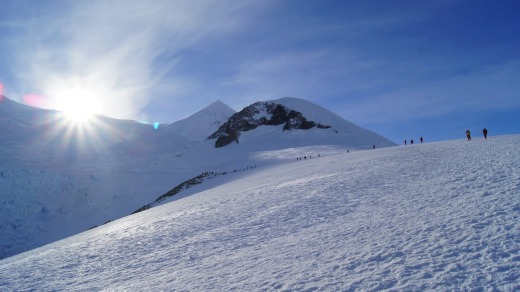
There's the spectacular "iceberg graveyard" – a small bay crowded with trapped bergs of incredible shapes, sizes and colours.
We also stop at Palmer Station, the smallest US base in the Antarctic, where a maximum of 45 people are based in summer. We're given a tour by one of the resident scientists and some insight in to what it's like to actually live down here (conditions are cramped and few stick it out in the dark of winter, but it's clear the locals wouldn't want to be anywhere else). And then there's our morning at Neko Harbour, the one place we can set foot on the continent. We hike to the top of a hill for stunning views across the harbour amid a gloriously warm by local standards – it's minus 2 degrees – and sunny morning.
Our final day includes a visit to Deception Island, home of a former British whaling station that was abandoned due to volcanic activity. Its remaining buildings are in a ramshackle state. It's a spooky place, remote and devoid of life – black sand, howling winds and ramshackle buildings leave me wondering what life was like for the hardy souls that once called this place home, at least during whaling season. I feel relief that we're only here to visit.

Take a look around Whalers Bay on Deception Island via Street View below.
As we head for home across Drake Passage – the notorious stretch of water is extremely calm on our return journey – I recall the words of one of our guides.
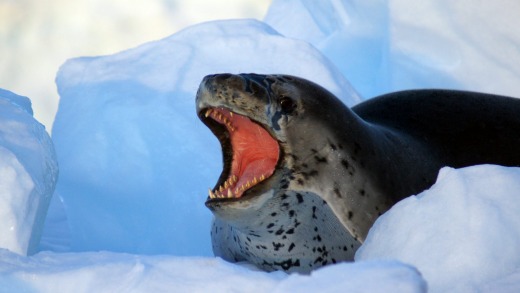
One Ocean's view is that every person who visits will become an ambassador for the importance of this frozen paradise and the need to protect it.
"Once you've been, it's no longer just a place on TV or in the National Geographic, it's real." And visiting it, for real, is more than just a holiday – it's an unforgettable experience.
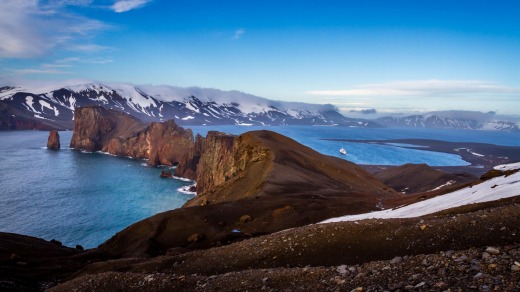
antarcticatravelcentre.com.au
LAN flies from Sydney to Santiago via Auckland with connections to Ushuaia, Argentina where the cruise departs from; see lan.com.
Expedition cruises aboard the Akademik Ioffe and other Antarctica trips can be booked through the Antarctica Travel Centre. Cruise prices vary depending on length of trip and dates. The 11-day Antarctica Peninsula Adventure with One Ocean, including meals, guides and expeditions, starts from $10,337 a person in a triple-share cabin. A private twin share cabin startss from $14,749 a person. The 2015-16 cruising season begins on October 19 with a 19-day cruise taking in the Falkland Islands, South Georgia and Antarctica. Phone 1300 668 112, see antarcticatravelcentre.com.au.
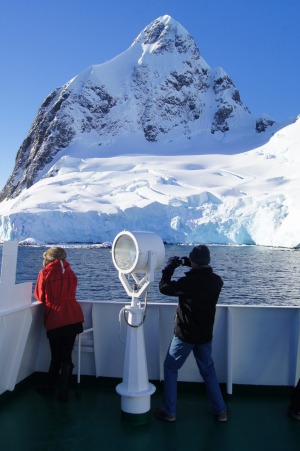
While passengers were provided with warm outer gear and boots, that's not enough. You'll need thermal underwear, woollen jumpers and decent quality gloves, beanie and scarve.
For us, the sailing around the Peninsula itself was extremely calm, but crossing the Drake Passage can be notoriously rough. Slow release patches or sea sickness pills are a must for a two-day journey.
When shooting wildlife, you'll find yourself taking a huge number of shots. Every few seconds, the animals will be doing something different. Batteries often don't perform well in the cold — they can go flat very quickly in the cold. Keep at least one fully charged spare close to your body to keep it warm.
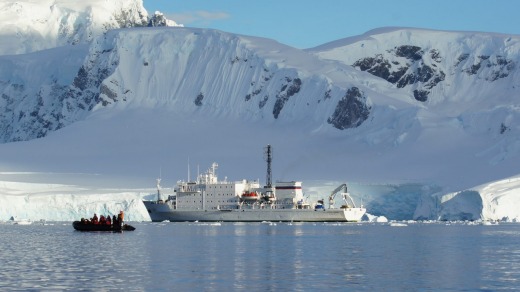
Antarctica is an increasingly fragile environment. It goes without saying that you should be on your best behaviour when on land and avoid leaving anything behind. Watch your step too — the penguin colonies can be so busy you never know when one might be waddling behind you.
Living in close proximity with lots of other people means illnesses can spread rapidly. Be sure to make use of the provided hand sanitiser and make sure you've packed any medication you might need. There's a doctor on board, but there's a limit to how many cold tablets can be given out and there's no nipping to the chemist when you're over 1000km from the nearest town.
Follow the writer on Twitter and Instagram.